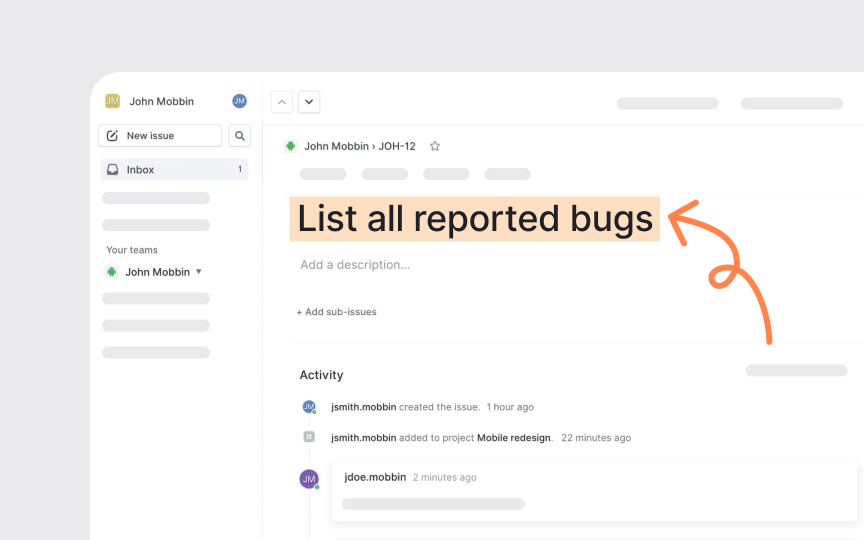Prioritizing fixes from user feedback
User feedback during testing often generates a long list of issues, from minor design quirks to serious usability failures. Not every problem can be solved at once, so prioritization is key. The first step is identifying which issues block core tasks, such as completing a purchase or accessing essential features. These high-impact problems should be addressed immediately. Next are issues that cause frustration but do not fully prevent use, followed by cosmetic details like color or font inconsistencies. Treating all issues equally risks wasting resources while critical flaws remain unresolved.
A structured approach makes prioritization easier. Teams can rate each issue by severity, frequency, and business impact. For example, a bug that appears rarely but prevents checkout may rank higher than a common cosmetic error. Gathering input from different roles, such as product managers and developers, helps balance user needs with technical feasibility. By focusing on the most damaging obstacles first, teams create visible improvements quickly, reinforcing user trust and guiding future iterations.

